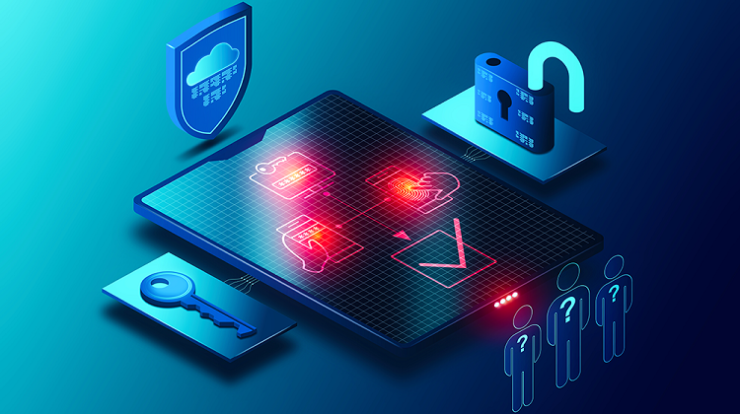
From simply browsing and reading content to making financial transactions and purchases, our digital experiences have significantly evolved.
17% of users quit transactions because of security concerns, and 80% say they would cease engaging with an organisation altogether if it faced a security breach.
Modern customers have high expectations for digital experiences and expect companies to prioritise security and privacy. As a result, companies are under great pressure to ensure the highest security and privacy standards to maintain customer trust.
The need for this heightened sensitivity calls for more focus on smooth customer authentication. Let’s first define these terms to understand how Multi-Factor Authentication drives customer acquisition and retention.
What is Customer Acquisition & Retention?
Customer acquisition refers to promoting your brand and creating onboarding and conversion experiences that encourage potential customers to make their first purchase, subscription, or app download, depending on your business.
On the other hand, customer retention involves building stronger relationships with existing customers to increase loyalty and encourage repeat purchases. Maintaining secure data management is crucial for successful customer retention.
The Need for Multi-Factor Authentication to Acquire and Retain Customers
Research suggests that customers are 60% to 70% more likely to engage with products if they trust the brand based on their experiences.
A guarantee that your customer’s contact information is protected from spoofers, attackers, and scammers can improve the relationship between them and your business.
There are two critical challenges in this area: consumers are dissatisfied with current authentication procedures, and authentication in most companies is complex, which can negatively impact customer experiences.
Customers like us now expect a higher level of customer satisfaction on the user front. When businesses don’t prioritise retention, they risk losing existing customers faster than they can gain new ones.
This means investing in the best Multi-Factor Authentication solution that keeps data secure and fraud at bay.
How does Multi-Factor Authentication Reduce the Risk of Identity Theft?
Verifying a person’s identity refers to customer authentication, which is particularly important during digital interactions between a customer and a business.
As a customer, your identity can be verified through various methods, such as providing a password (something only you know), an encryption token (something you have), or your identity (User ID).
When two of these methods are used together with the User ID, it’s called Two-Factor Authentication. However, using all three methods, i.e., providing a password, an encryption token, and your identity, is called Multi-Factor Authentication and is considered to provide greater security.
Examining 2FA vs MFA, Two-Factor Authentication may not be foolproof.
In contrast, MFA or Multi-Factor Authentication solutions offer enhanced security by verifying access based on multiple factors, reducing the risk of compromised passwords.
This additional layer of protection helps prevent damaging attacks that can cost organisations millions. Security professionals and regulators recognise the need to balance security and convenience through the Multi-Factor Authentication advantages.
Conclusion
Remembering passwords can be complex, and customers may need to be more active in their password habits. Users may also be burdened with password resets when enforcing stricter password policies.
InstaSafe Technologies Multi-Factor Authentication adds an extra layer of protection without the need for complicated policies or frequent password resets, making it easier for users to choose from multiple factors or only require additional factors when necessary.






